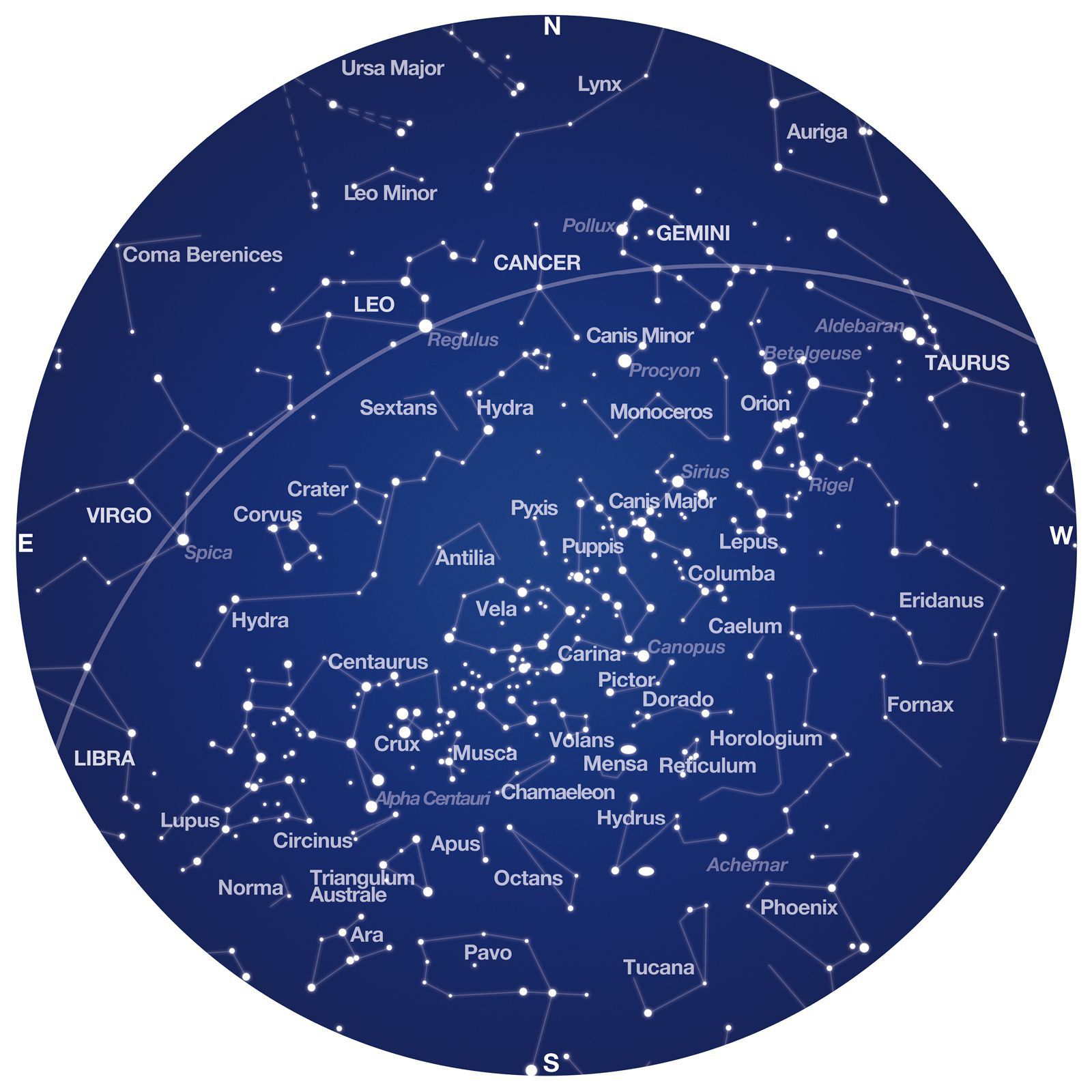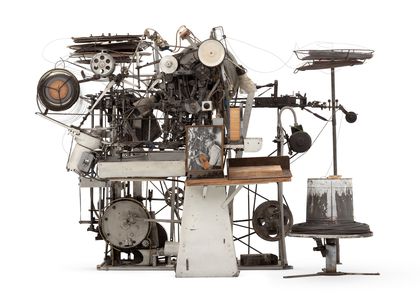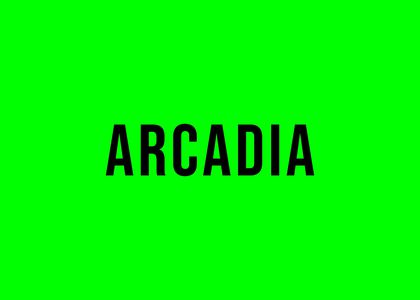
Monthly sky maps from the 2022 Australasian Sky Guide by Dr Nick Lomb, published by MAAS Media.
What’s in the sky this April?
Please note that Daylight Saving time ends on Sunday April 03 at 03:00am for NSW, ACT, Victoria, Tasmania and South Australia – put your clocks back 1-hour
Constellations
Constellations represent groupings of stars that have been given a name. For millennia they have been used as a tool to share significant cultural stories. Today, they also help astronomers delineate portions of the sky and are a navigational tool for locating astronomical objects. This month these constellations dominate the winter sky:
- Southern Cross & Two Pointer stars – This group of stars hang in the south-eastern sky during April evenings. The Southern Cross reaches its highest point in the sky, where it appears upright, at about 1am at the beginning of the month and by 10pm at the end of April. The Cross is the smallest of the 88 constellations and can be easily covered entirely by one hand. Close to the Cross are the two bright Pointer stars, about a hand’s width apart. A line drawn from Alpha Centauri (the name of the brighter Pointer) towards Beta Centauri (the other one) and onwards points towards the Cross. The Southern Cross is a modern constellation dating from the early 1500s.
- Orion – The Hunter is in the north-western sky and heading for the western horizon. Its likeness to a male figure was probably obvious to the earliest humans. The three stars of Orion’s belt at his waist separate his head & shoulders on the right from his sword and knees on the left. The well-known saucepan asterism consists of a base (Orion’s belt) and a handle (Orion’s sword) plus one additional star at the rim. With binoculars you will see a small hazy glow in the middle of the saucepan’s handle – this is the Orion Nebula, a starbirth cloud. The mythology of Orion is complex and often contradictory. However, he usually represents a tall, strong and handsome hunter.
- Leo – The Lion, one of the twelve constellations of the Zodiac, remains in the northern sky during April. The Lion earned a place amongst the constellations for being a fierce and powerful beast. To the Greeks he was the Lion of Nemea, killed by Hercules in the first of his twelve labours.
- Canis Minor – The Lesser Dog, is an obscure and small constellation usually ignored in the search for its dominant companion, Canis Major, the Greater Dog. On any April night high overhead you will see the very bright star Sirius in Canis Major. Facing north early in the evening, look below Sirius by slightly more than a handspan (with your hand at arm’s length) – the bright star here is Procyon in Canis Minor. And Procyon is just about all there is to the Lesser Dog! Like many constellations it looks nothing like its name. The star’s name comes from the Greek Prokyon meaning “before the Dog” and indeed it does rise before bright Sirius and Canis Major from the latitudes of ancient Greece. Canis Minor and Canis Major together are Orion’s hunting dogs.
Planets
This month Venus, Mars, Jupiter & Saturn appear in the morning sky and they present a beautiful sequence of movements and meetings throughout the month. There are no planets in the evening sky. If you have trouble identifying planets from stars the Moon comes to your aid late in the month. The best time to view will be an hour or so before sunrise and binoculars will really enhance the view.
- Venus – is easily recognizable as a very bright & white ‘spotlight’ above the eastern horizon before dawn. Venus moves from Capricornus into Aquarius at the beginning of April and into Pisces at the end of the month. It begins the month just below Mars & Saturn, then slowly descends. By the end of the month Venus is very close to Jupiter.
- Mars – reddish and much fainter than Venus, this panet begins April high in the eastern sky before dawn, above bright & white Venus and above yellowish Saturn. On the 5th it passes a moon-width to the right of Saturn. A few days later it passes from Capricornus into Aquarius and ends the month mid-way between Saturn and Venus.
- Jupiter – the King of the planets, bright & yellowish, begins the month low in the east before dawn. During the month it passes from Aquarius into Pisces. It rises higher above the horizon each day, approaching Venus, as that planet descends towards the horizon. Jupiter and Venus end the month two-moon widths apart as they approach their closest separation on May 1st.
- Saturn – is yellowish like Jupiter but fainter. It begins the month between Venus (just below) and Mars (just above) in the eastern sky at dawn. Remaining in Capricorn all month the planet gradually climbs higher, and passes Mars on the 5th.
The Moon helps out…
From the 25th to the 28th the Moon marks out the planets. On the 25th a broad crescent Moon is just above & right of Saturn. On the 26th the Moon is just above & right of reddish Mars. On the 27th it is above & right of Venus. And on the 28th all four planets are lined up – Saturn, Mars, Venus & Jupiter with a thin crescent Moon below them all.
Planetary Close Passes
Officially called conjunctions these close passes of planets are a great excuse to rise early this month.
- April 5 – Mars & Saturn pass close in the East on this morning. They are about 2/3 of a moon-width apart. Mars is the closer of the two but still looks smaller than Saturn. Uee your binoculars for the best view.
- Apr 13 – Jupiter & Neptune are close in the East on this morning. Neptune is too faint to see by eye and usually can be difficult to find. So this is a great opportunity to spot it. But you will need a very clear and non-hazy eastern horizon. Jupiter is low down an hour before dawn. With a small telescope at low power (i.e. using a low magnification eyepiece) centre Jupiter. You will see Jupiter’s moons – Europa to one sideof Jupiter, Io to the other side and Callisto out beyond Io. If these moon’s form a line through Jupiter, look to the side of this line, sideways from Io, and there is Neptune – a small pale blue-green dot.
- Apr 28 – Venus & Neptune are very close in the East on this morning. Again, a small telescope is your best tool, but this time use a higher magnifying power. Venus is very bright and Neptune is very faint so it will also help to use a pale blue or green filter, if you have one, or just place some pale blue or green celephane over the end of the telescope – this should dim Venus while barely affecting Neptune. They are at their closest at 5:10am at a separation barely more than the apparent diameter of Venus! If you watch from 5am you will see Venus slide serenely past Neptune.
Moon
For the monthly appearance of the moon, check out our Moon Phase Calendar.
Deep Sky
Explore the universe through your binoculars or telescope and take in some of the gems of the April sky. These look at their best with no Moon in the sky:
- Orion nebula – this is your last chance to see this starbirth cloud. It looks particularly good from dark rural locations. But even in a light polluted city it’s worth viewing.
- Jewel Box – this colourful cluster of stars in the Southern Cross returns to our skies for its winter passage.
- Messier 104, the Sombrero galaxy – this edge-on spiral galaxy appears as an oval smudge in most telescopes with a dark band (of dust & gas) splitting it in two. Discovered by Mechain, not Messier, this galaxy is 30 million light years away.
- Ghost of Jupiter – also known by its catalogue number of NGC3242 this planetary nebula in Hydra is the remains of a dying star that has shed its outer layers. In a telescope its apparent size is similar to the planet Jupiter but in reality it is larger than our solar system. Our Sun is destined to look like this at the end of its life.
Other Events
In April 2022 also look out for:
- Daylight Saving time ends – on Sunday April 03 at 03:00am for NSW, ACT, Victoria, Tasmania and South Australia all your timing devices need to go back 1 hour. Your computer and smartphone should change automatically but on other devices you will need to manually put the clock back.
- April is Global Astronomy Month – Check here for events you can participate in.
- Planetary line-up – Before dawn on April 25 Jupiter, Venus, Mars, Saturn & the crescent Moon are lined up in the eastern sky. You will easily spot all four planets if you are up early, or on your way to a dawn service. Back in 1915 Mars, Venus & Jupiter were in the eastern sky over the Gallipoli Peninsula.
Learn More
Purchase the 2022 Australasian Sky Guide by Dr Nick Lomb, featuring an annual report of what’s in the sky and the latest astronomical findings. Produced by MAAS Media.
View the Star Map 04 April 2022, which shows the stars, constellations and planets visible in the night sky from anywhere in Australia
Check out these resources for getting started


